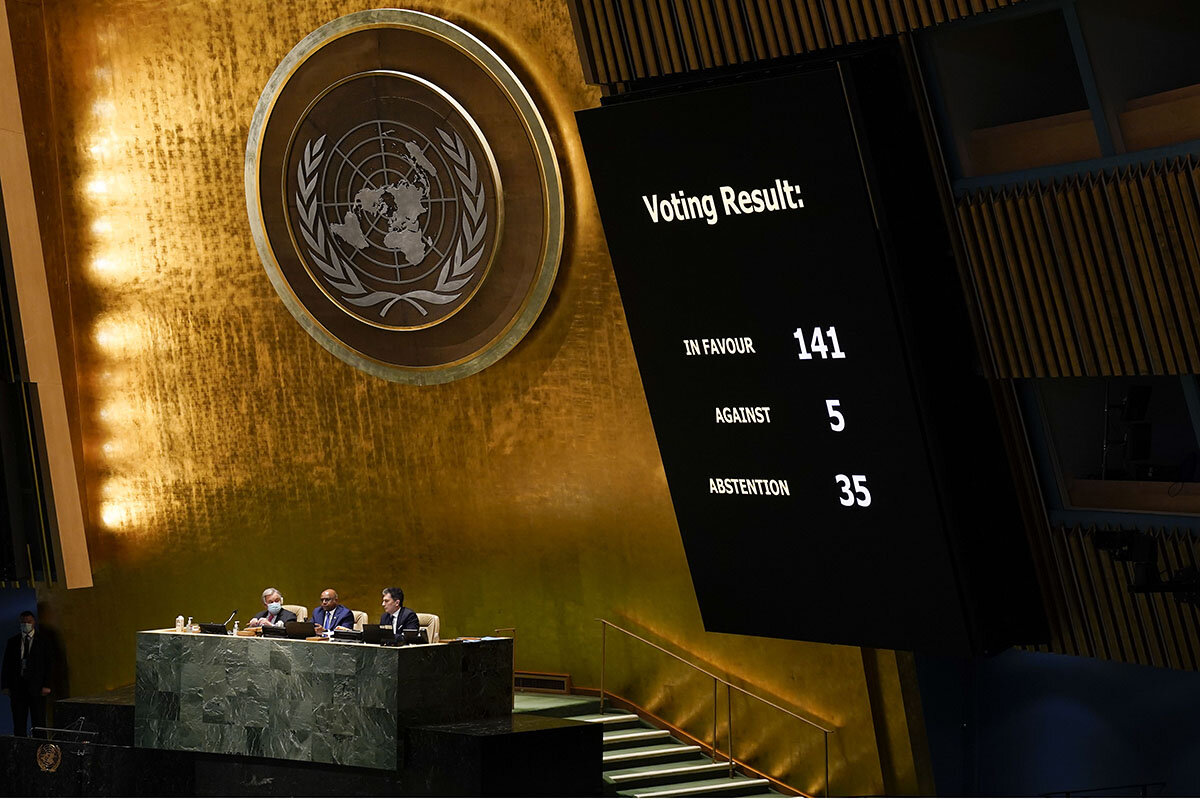What’s life like under Russian military occupation? Our reporter reached out to residents of one southeastern Ukrainian city who spoke with open anger and defiance.
Monitor Daily Podcast
- Follow us:
- Apple Podcasts
- Spotify
- RSS Feed
- Download
 David Clark Scott
David Clark Scott
The sounds of opening day return Thursday. The smack of maple on cowhide. The cries of “Popcorn here-ah!” The eighth inning Fenway chorus of “Sweet Caroline.” These are some of the rites of a North American spring.
But when does cherished tradition become ossification, sapping vitality?
Major League Baseball faces declining ticket sales and longer games with less action. Last year, the average game lasted a record 3 hours, 11 minutes – an eternity in the Twitter age. Most folks under the age of 50 would not describe the game as America’s “national pastime.” Or to put it another way, among sports accounts on Instagram, the highest ranking baseball player, Mike Trout, comes in at No. 130.
Fortunately, MLB is displaying a willingness to tinker with the centuries-old sport – and not a moment too soon:
• In one experiment last season, minor league pitchers were limited to 15 seconds between pitches. As a result, the average game was shortened by 20 minutes.
• In another minor league test last year, the pitching mound was moved back 1 foot to give the batter more time to hit the ball.
• This year, to generate more action on the base paths, some MLB minor leagues will increase the size of second and third base (by 3 inches) and shorten the distance between the bases. An initial test last year showed this change produced more stolen bases.
Some experiments, such as “robot umpires,” are delivering more integrity. Others are a bust. But the point is the league is seeking creative solutions. As the famed New York Yankees manager Yogi Berra once said, “The future ain’t what it used to be.”
For baseball, that’s likely to be a good thing.










